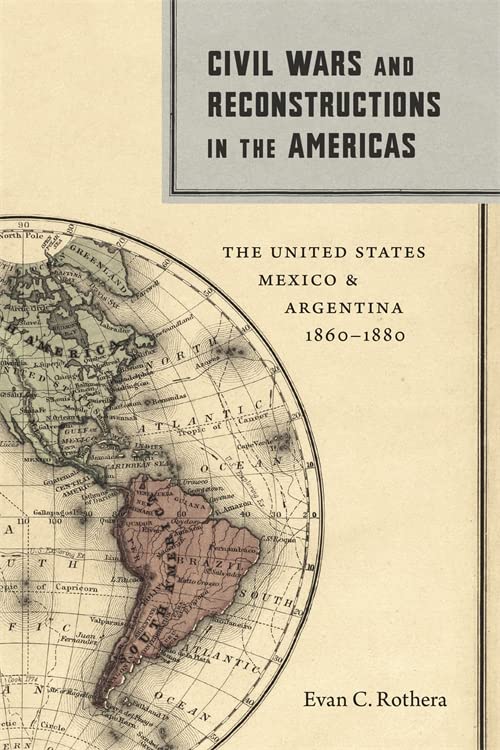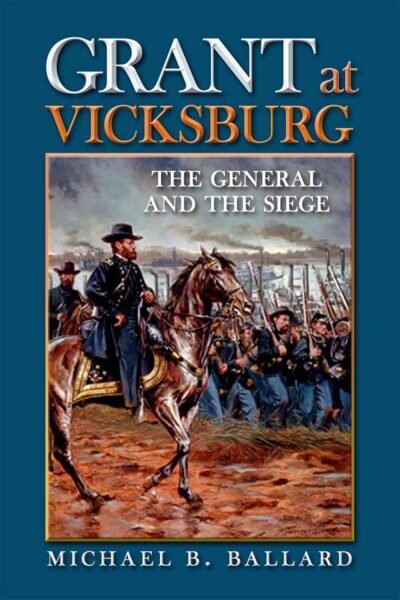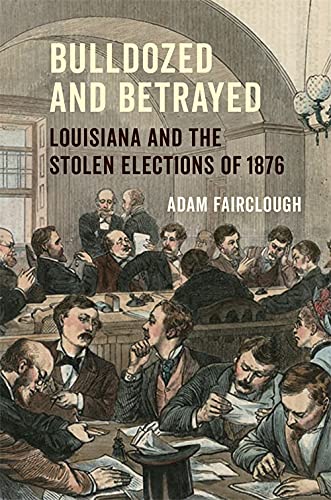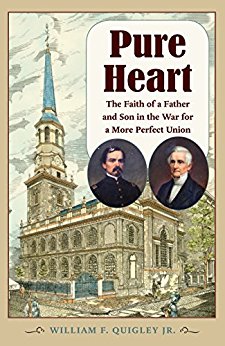Scholars of the U.S. Civil War era have done much over the past two decades to illuminate the transnational dimensions of the period. In particular, they have shown that the U.S. Civil War and Reconstruction were not only significant events for the United States, but also important chapters in a global nineteenth century struggle between the forces of liberalism and democracy and conservatism and absolutism. Yet much of the existing scholarship on the transnational U.S. Civil War and Reconstruction prioritizes their connection with the nationalist conflicts and revolutions that erupted in Europe during the 1830s and 1840s, especially the European revolutions of 1848. Evan C. Rothera’s Civil Wars and Reconstructions in the Americas shifts focus away from Europe and centers the interconnected civil wars and reconstructions that transpired concurrently in the United States, Mexico, and Argentina from the 1860s through the 1880s as an equally important series of events in the broader nineteenth century struggle of liberalism and conservatism.
Specifically, Rothera argues that this twenty-year period signified an era of Pan-American cooperation between the people of the United States, Mexico, and Argentina, who saw their respective civil wars, unification struggles, and reconstructions as interwoven parts of a hemispheric—even global—effort to protect democracy from the forces of conservatism and absolutism. Rothera explains that because the conflicts of each nation were so similar, all three experienced parallel challenges in dealing with conservative reactionaries during their respective reconstruction processes. Furthermore, due to the violence and instability involved in pacifying resistance, while at the same time laboring to modernize, each nation, Rothera contends, remodeled itself by the 1880s in a fashion that privileged order and stability over democracy.
Rothera organizes his study into two parts and utilizes both a transnational and comparative methodology. In part one, Rothera covers the early 1860s to the early 1870s, a collective period of civil wars and national unification struggles in the United States, Mexico, and Argentina. He explores the transnational connections of each nation during this period by examining the flow of people, ideas, and civic holidays across borders. In chapter 1, Rothera examines the participation of immigrant soldiers, or “transnational warriors,” in the U.S. Civil War, French Intervention in Mexico, and national unification conflicts in Argentina [26]. These individuals, Rothera explains, moved about the Americas fighting in one or more of these conflicts because they believed that each was part of a broader struggle to promote “liberal causes and ideas.” (It is noted that some fought for “decidedly illiberal causes,” as well [28].)
Rothera further explores the interconnectedness and Pan-American cooperation of the United States, Mexico, and Argentina during this period in chapters 2 and 3 with discussions of how each invoked the Monroe Doctrine, the rhetoric of “sister republics,” and the Fourth of July to show their common commitment to protect liberty and progress [50]. Chapter 4 concludes part one with a discussion of how Pan-American cooperation drove internal improvements, education, and the way victors in each nation imposed their ideas of civilization, modernity, and progress.
In part two, Rothera shifts focus to the late 1870s and 1880s and the processes of reconstruction in the United States, Mexico, and Argentina. He discusses the comparative ways that victors in each nation resorted to violence to deal with conservative reactionaries and the similarities in how the latter resisted the new direction of national affairs. In chapter 5, Rothera argues that dissident forces in each nation continued violent resistance even after defeat. In response, victors resorted to questionable methods to end resistance. Following chapter 5, Rothera explains that victors successfully suppressed conservative rebellions, but were unwilling to punish rebels for the sake of stability. Rothera’s final chapter focuses on the continuity of conservative violence in the United States, Mexico, and Argentina in the late 1870s and 1880s, as well as the growing inability of governments to contain such violence, which led to new configurations of power that prioritized order and stability over democracy.
Rothera’s work makes several important contributions to the existing scholarship on the transnational dimensions of the U.S. Civil War era by further bringing Latin America into the fold. Building on scholarship by Don H. Doyle, William A. Link, and Robert E. May, among others, Rothera shows that civil wars, unification struggles, and reconstructions in the Americas during the nineteenth century were deeply interconnected. In doing so, he challenges the notion that the U.S. Civil War and Reconstruction were exceptional events. Moreover, Rothera underscores the importance of liberal democratic victories in the civil wars and unification struggles that took place in Mexico and Argentina by framing them as critical blows to the forces of conservatism and absolutism. Finally, Rothera’s work also builds on scholarship concerning immigrant soldiers in the U.S. Civil War by showing that Latin American immigrant soldiers, in addition to European immigrants, populated the ranks of both armies. He also demonstrates that many veterans of the U.S. Civil War from Europe first participated in conflicts in Mexico and Argentina prior to fighting in the U.S. Civil War, which furthers Rothera’s argument that historical actors of the period considered each conflict part of a grand struggle.
Overall, Civil Wars and Reconstructions in the Americas compels its readers to consider the fragility of democracy and the cost of stability and order by highlighting a critical period in which conservative counterrevolutions pushed liberal democracies throughout the Americas to the brink of destruction. It also reminds readers that the nineteenth century world was far more connected than perhaps imagined. As a result, this text is not just an important read for scholars and students of the U.S. Civil War and Reconstruction, but also for those of nineteenth century Latin America and the broader nineteenth century world.
Chase H. McCarter is a Ph.D. candidate in the Department of History at the University of New Mexico.





